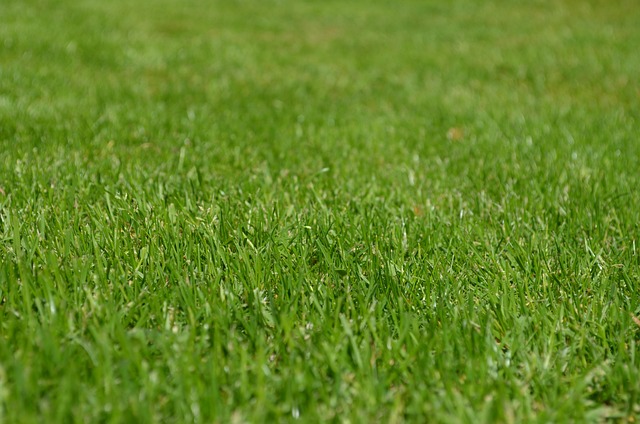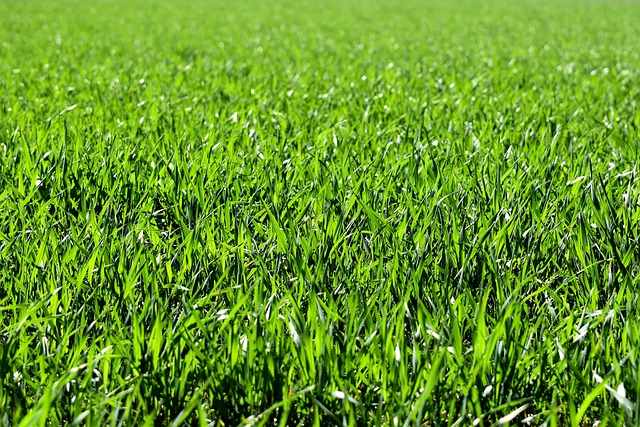In Castle Pines, vegetation management for utility easements combines aesthetics and operational needs. The primary goal is to maintain clear corridors for utilities by preventing plant overgrowth using biological control methods (like beneficial insects or native plants) and targeted herbicides. This approach balances sustainability with public safety and accessibility, preserving the area's natural beauty while ensuring essential services remain unobstructed. Professional land management companies employ integrated pest management (IPM) techniques, including prevention, early detection, and tailored treatments, minimizing environmental impact and promoting biodiversity in Castle Pines' unique ecosystem.
In the vibrant landscape of Castle Pines, effective vegetation management is not just an aesthetic concern but a strategic imperative. This article explores how biological treatment strategies offer a sustainable approach to managing lawn plants, particularly in utility easements. By understanding the unique challenges posed by these areas, we delve into eco-friendly methods that enhance biodiversity and mitigate environmental impact. Discover how these strategies can transform utility easements from neglected spaces to thriving ecosystems while ensuring optimal infrastructure maintenance in Castle Pines.
- Understanding Vegetation Management for Utility Easements
- Biological Treatment Strategies: A Sustainable Approach
- Implementing and Maintaining Effective Lawn Plant Control in Castle Pines
Understanding Vegetation Management for Utility Easements

In the context of Castle Pines, vegetation management for utility easements involves a strategic approach to balance aesthetic goals with operational needs. These easements, often found alongside roads and power lines, require careful planning to ensure public safety and accessibility while preserving the area’s natural beauty. The primary objective is to maintain a clear corridor for essential utilities, preventing plant overgrowth that could interfere with maintenance and cause damage.
Effective vegetation management strategies in Castle Pines consider both biological control methods and targeted applications of herbicides. Biological treatments, such as introducing beneficial insects or using native plants resistant to invasive species, promote ecological balance and reduce the need for chemical interventions. This approach aligns with the region’s commitment to sustainable practices, fostering a harmonious relationship between urban development and natural landscapes.
Biological Treatment Strategies: A Sustainable Approach

Biological treatment strategies offer a sustainable and eco-friendly approach to vegetation management, particularly in sensitive areas like utility easements in Castle Pines. By harnessing the power of natural processes, these methods provide an alternative to conventional chemical or mechanical control. They involve introducing beneficial organisms, such as insects or fungi, that target specific weed or invasive plant species, promoting a balanced ecosystem and reducing the need for harsh chemicals.
This approach is especially valuable for utility easements, where maintaining clearances for essential services like power lines, pipes, and cables is crucial. Biological treatments can effectively manage vegetation growth without causing environmental harm. By selecting appropriate biological agents tailored to the specific challenges of Castle Pines’ unique ecosystem, these strategies ensure effective vegetation management while preserving biodiversity and promoting long-term sustainability.
Implementing and Maintaining Effective Lawn Plant Control in Castle Pines

Implementing effective lawn plant control in Castle Pines requires a strategic approach, especially when managing vegetation along utility easements. These areas often demand meticulous care to balance aesthetic appeal with safety and accessibility for essential services. Professional land management companies utilize integrated pest management (IPM) techniques tailored to local conditions and plant species. By focusing on prevention, early detection, and targeted treatments, they ensure the health of the lawn while minimizing environmental impact.
Regular monitoring is key; inspecting easements for weed growth, disease, or insect infestations allows for prompt action. Selective herbicides, cultural practices like proper watering and mowing heights, and biological control methods such as introducing beneficial insects can all be employed. Maintaining a balanced ecosystem encourages healthy grass growth and naturally suppresses problematic plants, reducing the need for harsh chemicals. Effective vegetation management for utility easements in Castle Pines thus combines science, precision, and respect for the local environment.
In addressing vegetation management for utility easements in Castle Pines, adopting biological treatment strategies offers a sustainable and eco-friendly solution. This approach not only controls lawn plants effectively but also minimizes environmental impact. By implementing these methods, Castle Pines can maintain accessibility for utilities while preserving the natural landscape, ensuring a harmonious balance between urban needs and ecological preservation.
